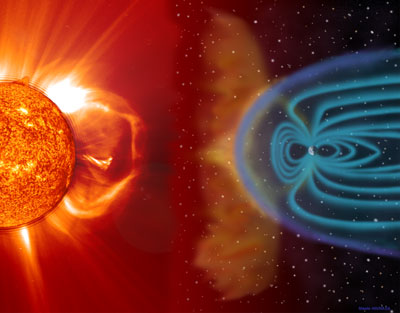This may be the most important column I’ve ever written. It’s certainly the most expensive. At $40,000 worth of equipment for this writer, multiplied by 17,346 readers, we’re talking $694 million. And that’s not nearly the full extent of industry impact; the Department of Commerce has some figures that I will quote later.
Is Dual-Frequency GPS — As We Know It — Becoming Obsolete?
On Friday, May 16, 2008, the Office of Space Commercialization issued a Notice for Public Comment. In it, the U.S. Department of Defense (DoD) proposes to discontinue supporting P(Y) codeless/semi-codeless on both GPS L1 and L2 frequencies on modernized satellites (Block IIR-M, Block IIF and Block IIIA/B/C) beginning December 31, 2020. After 2020, legacy dual frequency receivers may still work, but the DoD would no longer assure that P(Y) power levels and the navigation message would remain the same. Therefore, the civil GPS community has no assurance that legacy dual frequency receivers will operate as before.
Essentially, this means that every dual frequency receiver designed in the 1980′s, 1990′s and many in the early 2000′s would become virtually obsolete. In the interest of disclosure, that includes my own legacy real-time kinematic (RTK) system.
I caution you … it is very easy to rush to judgment regarding this proposal. When I first read it, my first response was « Whoa, dude, no way! » However, it’s important to take a deep breath and work your way through the logic. Your conclusion may be the same as your initial response, but at least you’ve thought it through. That being said, you must also realize that this is the first action, in the history of GPS, which will render a massive amount of GPS equipment obsolete. read more>>
